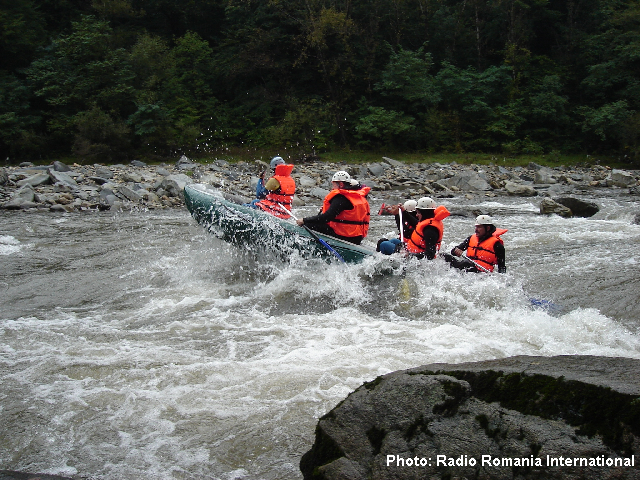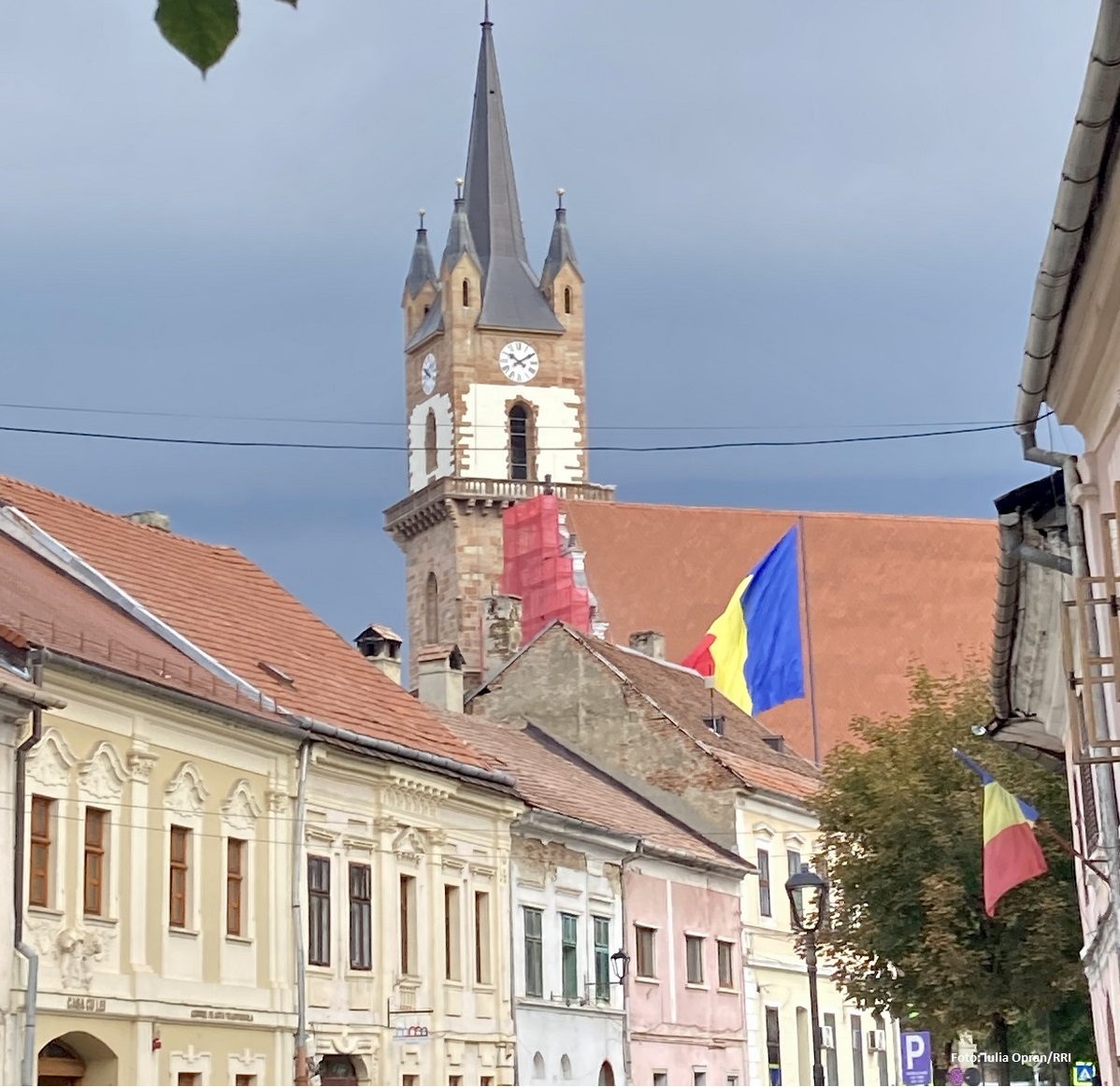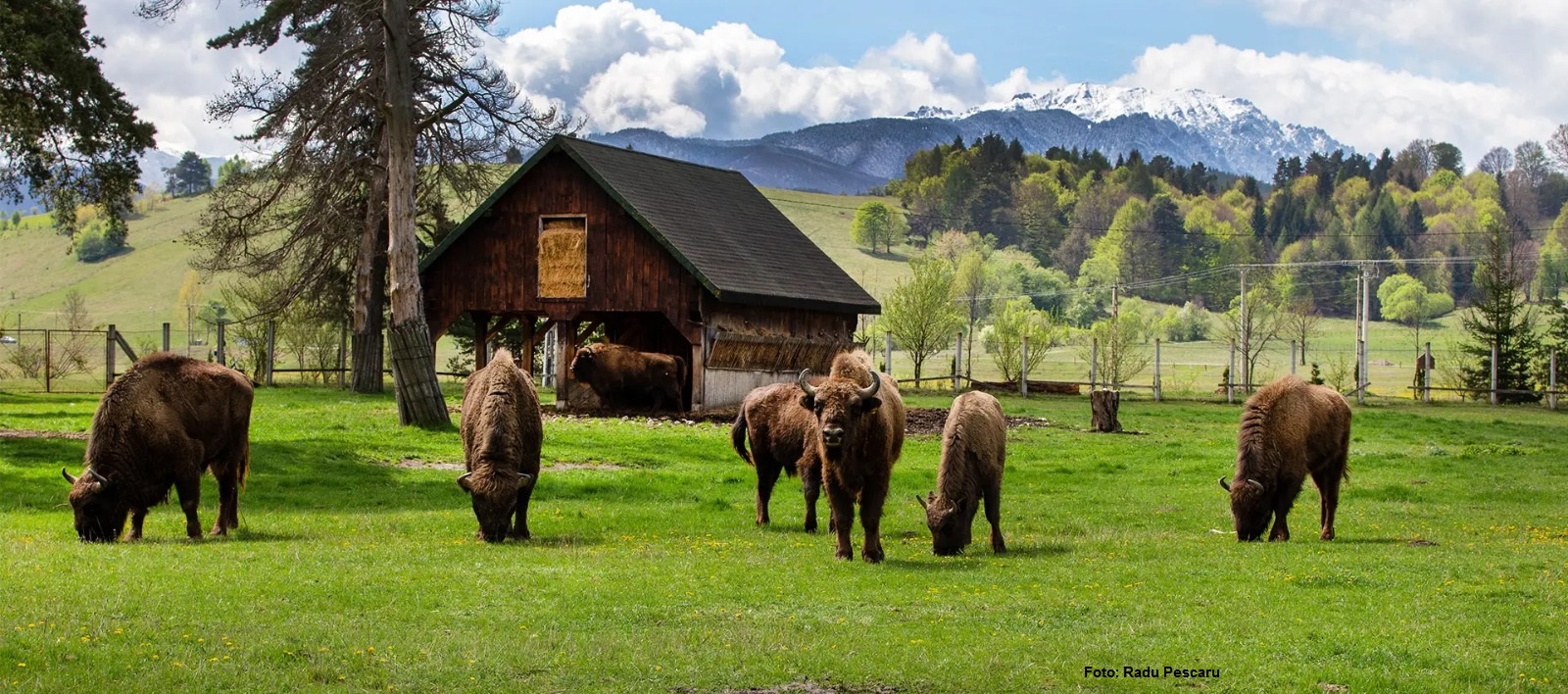Gorj County
Today's destination is Gorj County, with a generous offer of adventure, rural, religious, and cultural tourism

Daniel Onea, 10.06.2021, 12:12
Todays destination is Gorj County, with a generous offer of adventure, rural, religious, and cultural tourism. In the north part of the county we have the peaks of the Parang mountains, with great scenery, glacier lakes, and natural monument caves. In addition, in the city of Targu Jiu you can admire the outdoor sculptures made by the great Constantin Brancusi in the late 1930s.
We spoke to Oana Maria Palos, spokesperson for Gorj County Council:
“Just as any place in the world has a story, we have our own, a story written in a place of rare beauty, with breathtaking scenery, with memorable legends, and with people who have left their imprint not only in the history of Romania, but also in culture and in the arts, changing the entire worlds vision of art. When tourists reach this corner of Romania, they arrive in a place unique in terms of culture. The greatest sculptor of all times, Constantin Brancusi, was born right here, in Gorj, in the village of Hobita, In Targu Jiu he created the monument ensemble called The Road of Heroes, the only outdoors monument ensemble in the world, which Brancusi dedicated to the unknown heroes fallen in WWI. In addition, Gorj harmoniously blends the beauty of mountain scenery with ancestral traditions, preserved in todays villages.”
We start our trip in the city of Targu Jiu, an old dwelling, that goes back over 600 years that we know of. Here is Oana Maria Palos:
“This is a city marked by a struggle for independence, of heroes, but also of arts and tradition. Although it is not a big city, even small by the standards of southwestern Romania, Targu Jiu has a quaint, coquettish atmosphere, marked by the great sculptor Constantin Brancusi, known as the father of modern sculpture. Between 1937 and 1938, the artist made The Road of Heroes monument ensemble, made up of the Table of Silence, The Gate of the Kiss, and the Endless Column, as well as the Alley of Stools. This masterpiece was designed by the great artist to cross the city on a straight line 1,500 meters long. The visitor departs from the Endless Column, then passes by the Peter and Paul Church, reaches the Gate of the Kiss, then takes the Alley of Stools towards Jiu River, then reaches the Table of Silence, for a moment of meditation and recollection.”
We have in the city more destinations, such as heritage buildings, jewels of architecture, or outdoor places with a fascinating story, according to Oana Palos, spokesperson for Gorj County Council:
“Tourists can spend a few quiet days visiting, for instance, the Iosif Keber Memorial House, dedicated to a famous painter of the 20th century, or the Alexandru Stefanescu Museum of History and the Arts, as well as the central park, on the banks of Jiu River. Today there is a promenade there, a place where you can take a leisurely bicycle ride, but in the year 1916 it was an actual front line in the war. Then we can go to the Administration Palace, the seat of the Gorj County Council, the most imposing building in the city, whose architecture is much appreciated by tourists. In the building, the Grand Hall, in Moorish style, is a tourist objective in itself.”
Gorj is not a large county. From the city of Targu Jiu, it takes no more than 15 or 20 minutes to reach the Gorges of Shodor, as Oana Palos told us:
“If we come from Bucharest, the entrance gate is Polovragi. Then you can take the highest motorway in Romania, Transalpina. We continue with another mountain chain, the Vulcan Mountains, where we have the Jiu Gorges, along with Cerna Valley and the Padis Gorge. In addition to adventure tourism, active tourism, we have monastery tourism. Each gorge, each mountain pass has a monastery. From one end to the other of the county, in terms of monastery tourism, we have signs of the old faith. We have 13 monasteries in the county. Of these, I would mention Tismana Monastery, the oldest in Wallachia, Lainici Monastry, in the heart of the mountains, and Polovragi Monastery. Rushing by in a car, or going by on a bicycle, you are surprised by small wooden churches, some of them 300 years old. In fact, Gorj County boasts the largest number of churches that stand witness to a civilization of wooden constructions, whose secrets are kept by local communities.”
Gorj preserves well its traditional crafts, as well as its folklore. The locals still embroider peasant blouses, still do pottery and wooden sculpture. Preserving these traditions are a few traditional craft and tradition fairs held each year, famous all over the country.
At the same time, Gorj County is a top destination for lovers of mountain travel, says Oana Palos:
“We have 25 tourist circuits that can be explored. Many of them are in protected areas, in the two national parks of the county, the Jiu Gorges National Park, and the Domogled-Valea Cernei National Park. The demand for off road and extreme sports is higher and higher. Many tourists go to Sohodor Gorges, where there is an off road championship, as well as to the Galbenului Gorges, to Baia de Fier, the Oltet Gorges, and Polovragi. These are ideal areas for alpine tourism lovers. Another, lesser known detail, about Gorj County is that here we find a sixth of Romanias caves, with over 2,000 caves, caverns, and grottos. Spelunkers should get to know what is on offer, and, when they come here, they can contact our Mountain Rescue Service, which is there for them with equipment for them, and lots of information.”
Over the upcoming period, Gorj County Council will be promoting Cioarei Cave, in Pestisani village. Archaeological digs started in 1955 have uncovered traces of human habitation dating back 50,000 years. It makes up for one of the oldest human dwellings in Europe. (CC)






























